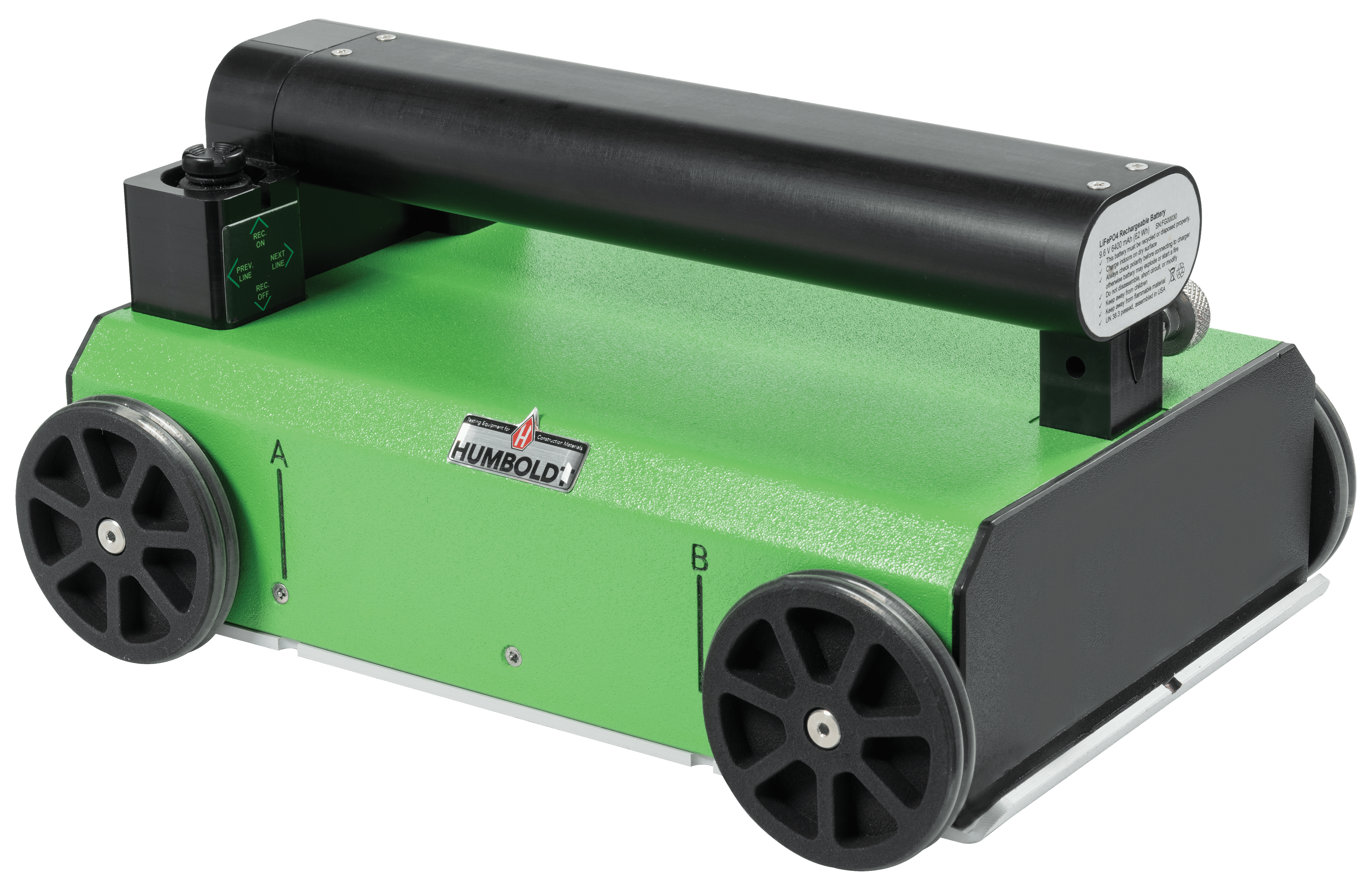RainierGPR Service Areas: Leading Concrete Scanning Solutions Across Regions
Concrete Scanning: An Essential Step In The Direction Of Making Certain Architectural Integrity and Safety
In the realm of building and facilities upkeep, the value of concrete scanning can not be overemphasized. This meticulous process holds the essential to revealing prospective dangers concealed underneath the surface area of relatively strong frameworks. By utilizing innovative modern technology and techniques, concrete scanning offers as a pivotal device in ensuring that the honesty and safety and security of structures and bridges are promoted to the highest possible criteria. Nevertheless, beyond its surface-level ramifications, the function of concrete scanning extends far much deeper than fulfills the eye.
Relevance of Concrete Scanning
Concrete scanning plays a critical function in guaranteeing the structural honesty and safety and security of structures and facilities projects. By making use of sophisticated technologies such as ground-penetrating radar (GPR) and electromagnetic induction, experts can non-destructively evaluate concrete structures to detect possible problems, voids, ingrained objects, and support design. This process makes it possible for early discovery of anomalies that could jeopardize the stability of a framework, avoiding pricey damages and ensuring the safety and security of residents.
Before boring, reducing, or coring right into concrete, scanning aids identify the precise areas of rebar, post-tension cable televisions, and other embedded elements, minimizing the threat of unintentional hits that might lead to architectural weak points. In addition, concrete scanning aids in quality control by verifying the thickness of concrete covers and finding any kind of disparities that might influence the overall resilience of the structure.
Modern Technology for Concrete Examination

Advantages of Very Early Discovery
Timely detection of structural issues can considerably alleviate threats and make certain the long life of construction projects. By identifying potential problems early on in the construction process, stakeholders can take proactive steps to address issues before they escalate right into bigger and extra pricey issues. Among the crucial advantages of early detection is the prevention of structural failures, which can pose significant safety and security hazards and lead to task hold-ups and monetary losses.
Additionally, early detection enables timely repair work and maintenance, which can aid extend the lifespan of the structure. By addressing problems immediately, building groups can prevent costly repairs or even the demand for early substitute of structural components. This proactive strategy not just saves money and time yet likewise enhances the total security and sturdiness of the construction task.
In addition, very early detection can improve task planning and decision-making by providing stakeholders with beneficial understandings into the problem of the structure. Equipped with this info, project supervisors can make informed selections concerning construction timelines, approaches, and materials, bring about much more efficient and successful task outcomes.
Making Certain Structural Security
Ensuring the architectural stability of a building job is vital to its safety and security and durability. Architectural stability refers to the capacity of a building or facilities to preserve its kind and feature under numerous loads and ecological problems. To continue reading this accomplish this, thorough evaluation and monitoring of the structure are necessary. Concrete scanning plays a critical function in making sure architectural stability by finding possible issues such as spaces, delamination, or support deterioration that can compromise the stability of the framework over time.
By utilizing advanced scanning innovations like ground-penetrating radar (GPR) and electromagnetic induction, building experts can non-invasively check concrete frameworks to determine areas of worry underneath the surface. This positive method permits the early detection of defects or weaknesses, making it possible for punctual fixings or support to avoid more information architectural failures.
Regular concrete scanning throughout various building and construction stages and throughout the life cycle of a structure can help keep its security, alleviate dangers, and guarantee the safety of occupants. By focusing on structural security with concrete scanning, building projects can improve their durability and sturdiness, ultimately adding to better security and long life.

Protecting Against Important Failures
Executing routine inspections, such as concrete scanning, can reveal covert flaws like gaps, cracks, or rust that might compromise the stability of a structure. By utilizing innovative scanning modern technologies like Ground Penetrating Radar (GPR) or Concrete X-ray, engineers can non-destructively evaluate the problem of concrete and determine weak points that need support or repair service.

Conclusion
In conclusion, concrete scanning plays a critical function in ensuring structural integrity and safety and security by utilizing advanced innovation for early detection of potential problems. This proactive technique helps stop vital failings and makes sure the stability of frameworks. It is important to prioritize concrete evaluation as a conventional technique to safeguard the longevity and safety and security of buildings and infrastructure.
Concrete scanning plays an important function in making sure the structural stability and safety and security of buildings and facilities tasks. Furthermore, concrete scanning aids in high quality control by validating the density of concrete covers and view it now discovering any kind of discrepancies that may influence the overall sturdiness of the framework. Concrete scanning plays an essential function in making certain structural stability by discovering possible concerns such as voids, delamination, or reinforcement rust that can endanger the integrity of the structure over time.

In conclusion, concrete scanning plays a critical role in ensuring architectural honesty and safety and security by using sophisticated innovation for early detection of possible concerns.